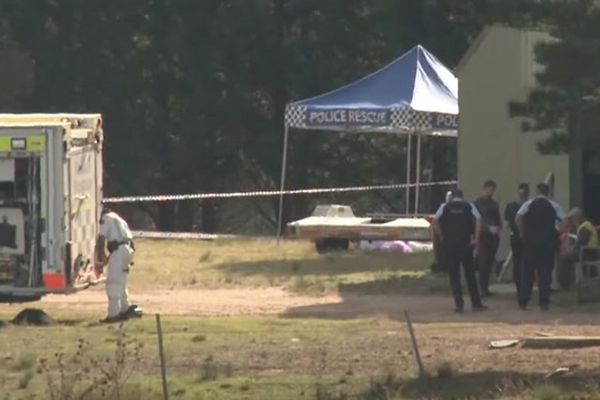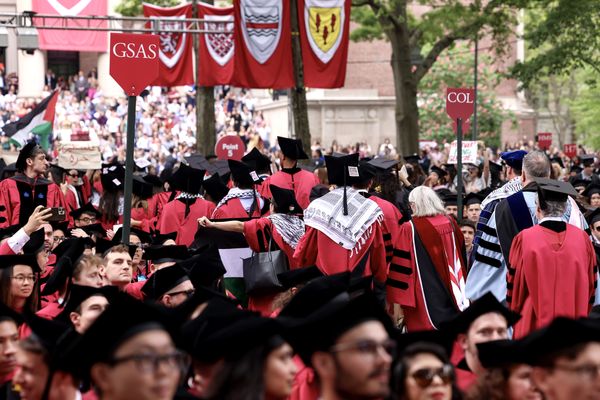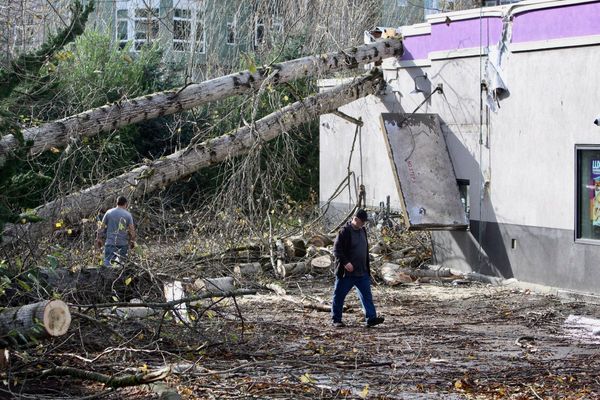
In an incredibly rare event, an amateur photographer on Earth has captured an incredible image of a “stranded” NASA astronaut floating outside the International Space Station (ISS) as it passed overhead.
Astronaut Suni Williams was snapped during a recent space walk, when she broke the record for most non-consecutive hours spent space walking by a female astronaut.
On January 30, Charline Giroud, a biochemist at the University of Oxford, England, and astrophotography enthusiast took the photograph using a small telescope as the ISS passed over Oxfordshire at an altitude of around 250 miles (410 kilometers). If that doesn’t impress you, the shot took extreme precision as the ISS was traveling at roughly 17,500 mph (28,000 km/h).
Speaking to Spaceweather.com Giroud said “I was very lucky to capture this event under clear skies with my telescope from my hometown, it was a fantastic moment.”
She reveals on her Facebook feed that she shot the image using her Celestron C11 Edge HD telescope on a Sky-Watcher EQ6R-Pro equatorial mount, using a 2x Barlow and a ZWO 664MC camera.
At the time of the shot, ISS commander Sunita “Suni” Williams was conducting her fifth career space walk, also referred to as extravehicular activity (EVA). She was walking outside the ISS to help remove a broken part of the station. The mission put Williams’ total time space walking up to 62 hours and 6 minutes floating in space, overtaking retired NASA astronaut Peggy Whitson’s leading record.

In the photo, Williams appears as a tiny white speck attached to the end of a robotic arm, named Canadarm-2. As well as breaking the impressive record, Williams is "also the first female astronaut to be photographed from the ground during a spacewalk," Giroud said. "Congratulations Suni!"
Williams and fellow astronaut Barry “Butch” Wilmore have been “stranded” on the ISS since June 06, 2024. They were only scheduled to stay in space for around one week, however, they became stuck when the Boeing Starliner capsule that delivered them to the station experienced multiple leaks, forcing it out of action temporarily.
The pair could now spend a total of 300 days in space, orbiting the Earth due to technical and logistical difficulties.
U.S. president Donald Trump has made it a priority to return Williams and Wilmore to Earth since entering the oval office, and has "ordered" Elon Musk to return the pair on a SpaceX capsule before the proposed March return date, Space.com recently reported. However, it is currently unclear how or if this will happen.
Take a look at our guide to the best cameras for astrophotography, and the best star tracker mounts for astrophotography.







